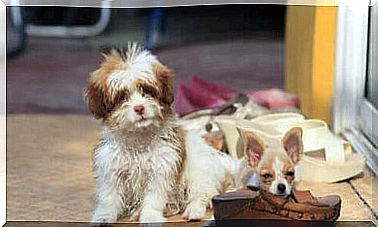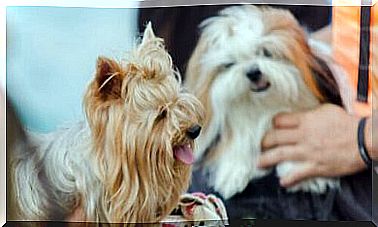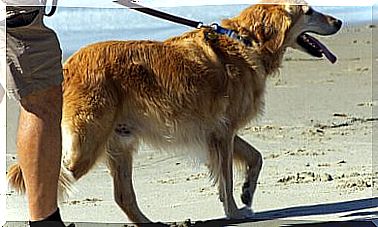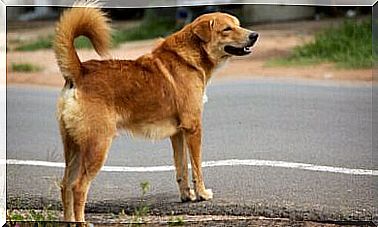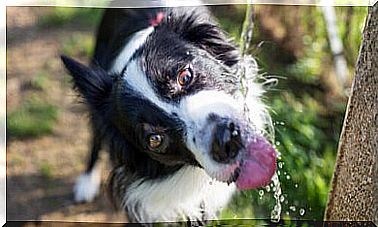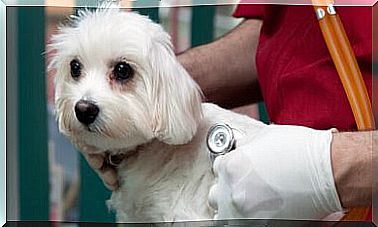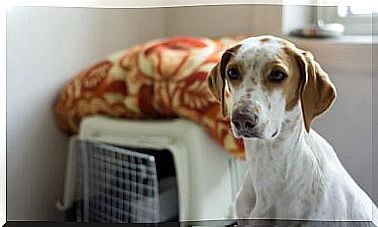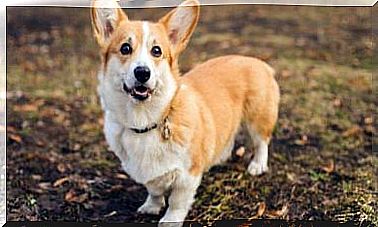Your Pet’s Perianal Glands
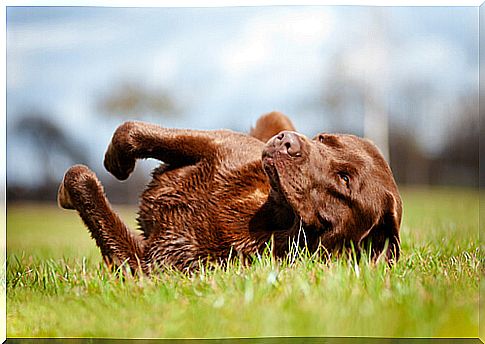
The perianal glands of our dogs have an important function: to lubricate the rectum to achieve better defecation.
In cases where the perianal glands are not functioning as they should, especially in older dogs, the consequences could be serious. Infections, bad smells and, most dangerously, abscesses.
What are the perianal glands?
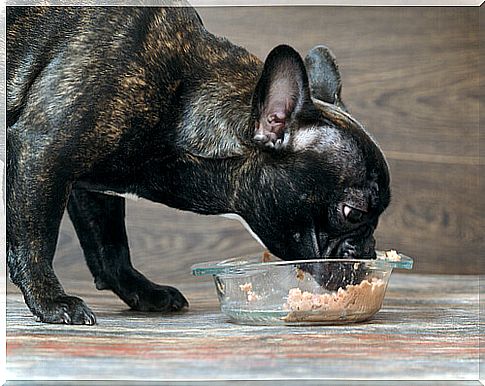
If we anatomically examine our dogs and cats, we will see that the perianal glands are located on the sides of the anus and are approximately the size of a marble.
The primary purpose of these glands is to store a lubricating substance needed at the time of evacuation. In this way a better defecation is obtained.
There is another very important function of this type of glands: recognition by other individuals of the same species. We always see dogs sniffing each other in the anal area. With the smell coming from these glands (different for each individual dog), dogs recognize each other.
If the perianal glands do not empty
The norm is for dogs to empty their perianal glands on their own. However, it may happen that they have difficulty doing this due to, for example, age, pregnancy or other circumstances.
Under normal conditions, the secretion that our animals produce is eliminated by the passage of feces through the anus. But it must be remembered that inflammation and infection are very frequent and the case of fluid retention and inflammation of the anal area can occur. The causes may be too loose stools or a very thick secretion.
The signs that we will notice in our pet are an annoying itch, moderate or intense pain, lack of appetite, we will see our friend continuously licking that area, dragging himself on the ground as if it were a sled or continuously rotating on its axis looking for relief.
In the event that we notice blood in the area, we must go to the vet immediately.
Long hair and parasites
If our pet has long or very dense hair, we must check that the hygiene of its anal area is accurate. The best thing, however, is that her anus is as free of hair as possible. Let’s not forget that the discomfort may be due to the accumulation of hair and remains of fecal matter that remain stuck in the mantle. This causes our friend itching and irritation.
The cause of this ailment can also be parasites. One of the most common parasites, the so-called Dipylidium Caninum tapeworm , can leave segments that stick to the animal’s anal area, causing intense itching. Because of this, the dog will seek relief by rubbing the anus against the ground.
The emptying of the perianal glands
What is the normal emptying frequency? About once a month, depending on many factors. Many times the problems of emptying the glands are directly linked to a deficient or inadequate nutrition of our friends.
If we do not have the proper experience or do not feel like helping our friend empty the perianal glands, the best thing is to contact a veterinary professional who will show us the best way to do it, so that we will be the masters to help the our dog in the future.
The steps to empty the perianal glands
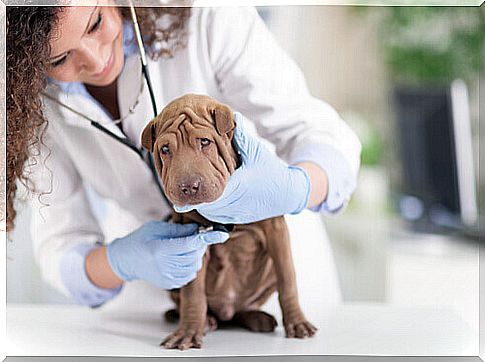
- The first thing to do is to use thin latex gloves, which will provide us with the necessary hygiene, but ensuring a good touch.
- It is very useful for another person to help us hold the dog.
- The next step will be to reassure the dog and slowly raise its tail. It is normal that our friend does not easily consent to be touched this part of the body.
- Once we have located the perianal glands, we will gently stretch them as we push them upwards. This is the correct way to push the fluid that the glands contain towards the anus, to encourage emptying.
- The liquid will probably come out thanks to the pressure. We will be careful not to position ourselves in front of the dog’s anus, as we could get our clothes dirty. To make sure that the (smelly) liquid does not splash everywhere and dirty around, we can use gauze.
